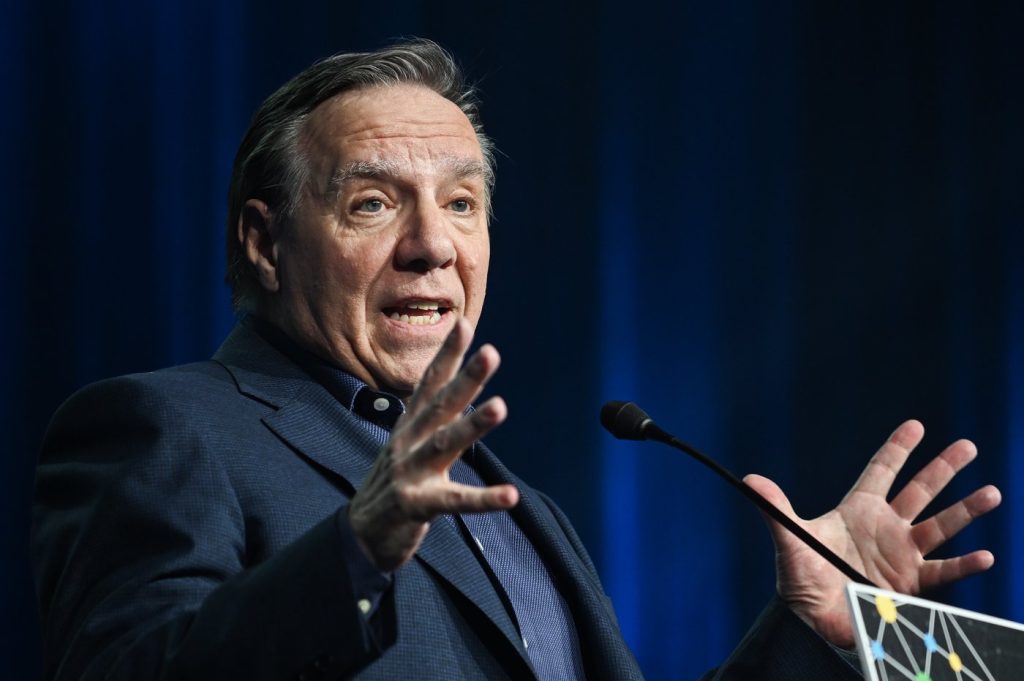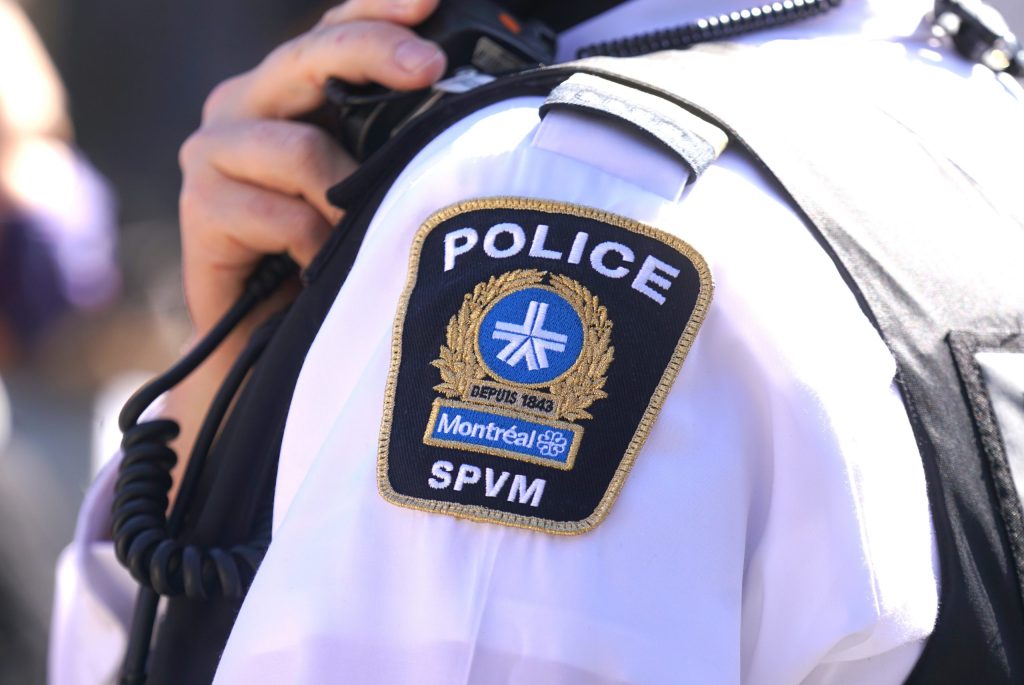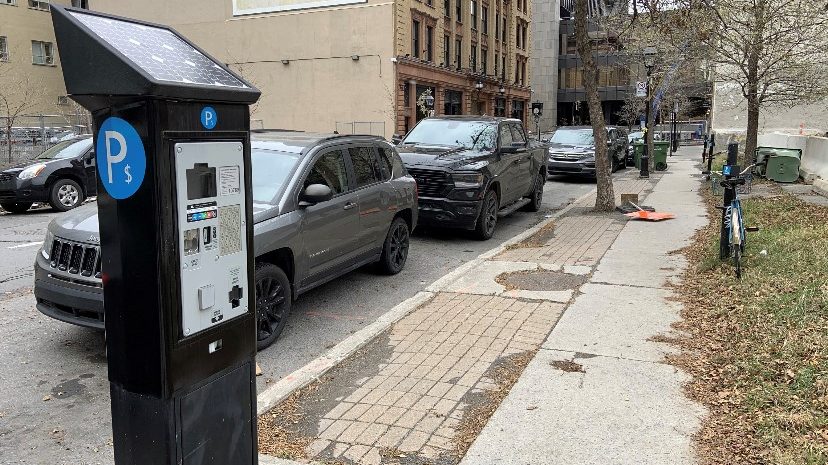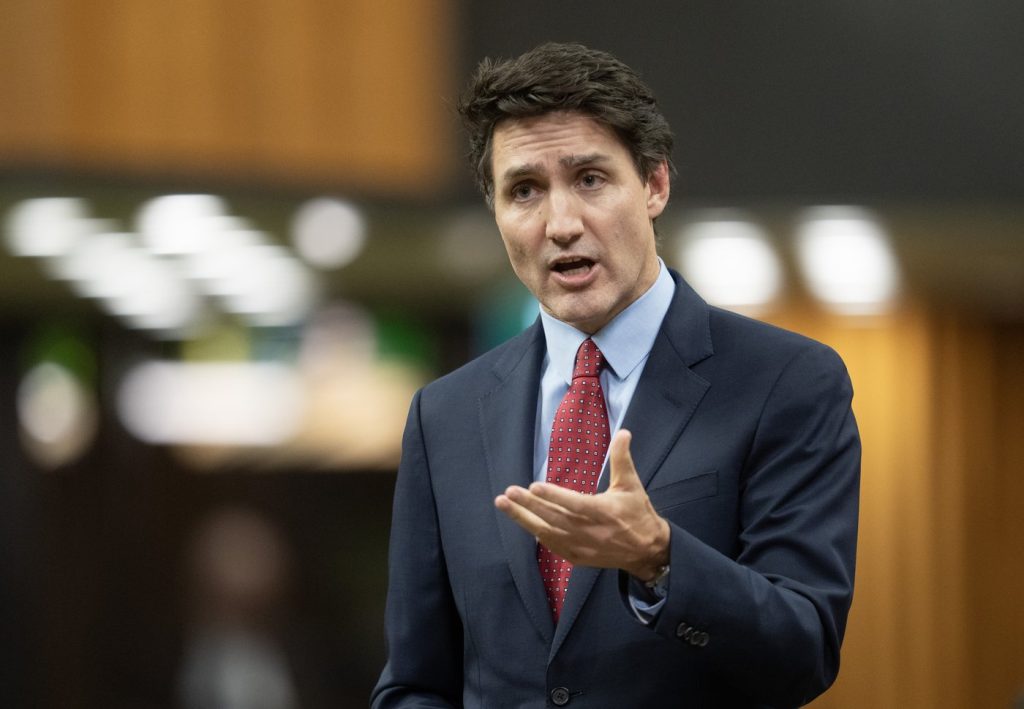Expanded Holocaust museum coming to Montreal in 2025
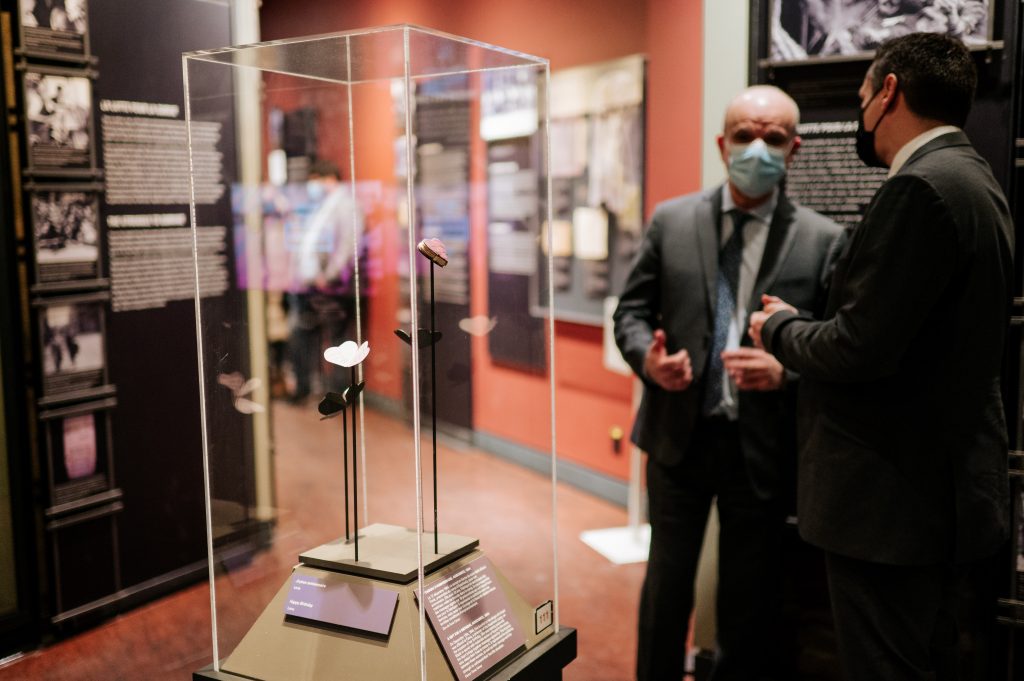
Posted February 7, 2022 12:13 pm.
A bigger, more interactive and more modern Holocaust museum will be opening its doors in Montreal’s Plateau neighbourhood in 2025.
If everything goes as planned, the opening of the relocated Montreal Holocaust Museum will coincide with the 80-year anniversary of the liberation of the Auschwitz concentration camp, and museum director Daniel Amar said the institution is crucial as memories start to fade.
“Some (visitors) don’t know about this tragic part of history, which justifies even more the need for a museum to both welcome them and educate them about this reality,” Amar said in a phone interview.
The new museum will be located on a 1,858 square-metre lot near the junction of the city’s museum and entertainment districts.
It will include larger spaces for permanent and temporary exhibits, a youth area, classrooms, a 150-seat auditorium, commemorative space, a garden and a room for interactive testimonies presented by survivors in hologram form.
“The number of survivors is unfortunately dwindling, and in a few years very few will be able to testify,” Amar said of the use of holograms. “And through this technology, we will be able to preserve their memory in perpetuity, to allow young people to be able to question them, even if they are no longer there, and to get answers.”
The museum is dedicating $3 million to the hologram technology, which Amar believes is vital to connecting with the groups of young schoolchildren it expects to host.
Studies conducted in the United States show that young people who visit Holocaust museums immediately develop “a form of empathy, understanding and sensitivity” not only towards the Holocaust but other forms of discrimination as well, according to Jacques Saada, who is a board member of the Montreal Holocaust Museum.
“The effect is positive and immediate,” he said.
The Montreal Holocaust Museum has about 13,500 items in its collection, but its current space is too small to display more than 350 at a time. The new location will also allow temporary exhibits, which are not possible in the current facilities.
The future location on St. Laurent Boulevard is also rich in symbolism. Nicknamed “the main,” the street was once the seat of Montreal’s Jewish community, and is considered the symbolic dividing line between the English and French-speaking sides of the city.
“It’s clear that the fact of being on the border between French-speaking Montreal and English-speaking Montreal only reinforced our desire to be a link between the linguistic communities and the ethnic communities, the cultural communities,” Amar said.
“It is our ambition to be a thematic museum, but also a community museum, a place of exchange and gathering for all communities and especially for all communities who are victims of genocide.”
The $80 million project, which has been in development since 2017, is funded with $20 million from the Quebec government, $15 million from the Azrieli Foundation as well as several private donors.
The name of the architects who will design the building will be announced in July of this year, following an international competition that drew some 40 firms.
It is estimated that some 35,000 Holocaust survivors made their way to Canada, and 9,000 of them settled in Montreal.
